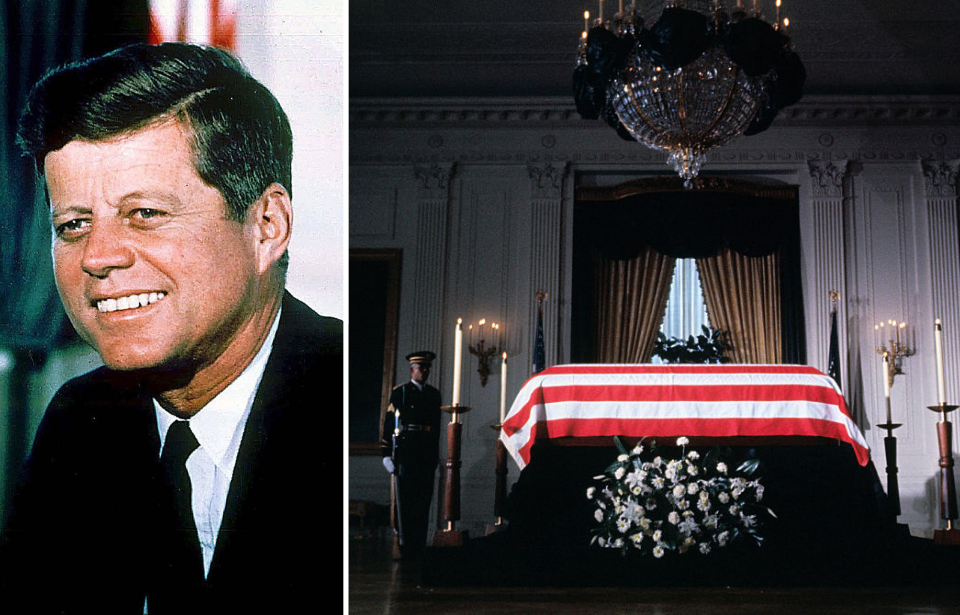John F. Kennedy’s assassination
On November 22, 1963, John F. Kennedy, accompanied by Texas Governor John Connally and their spouses, was traveling in a motorcade through downtown Dallas. At 12:30PM, gunfire erupted from the Texas School Book Depository, targeting the procession. The assailant responsible for the shooting was identified as US Marine Corps veteran Lee Harvey Oswald, who’d recently gotten a job at the book depository.
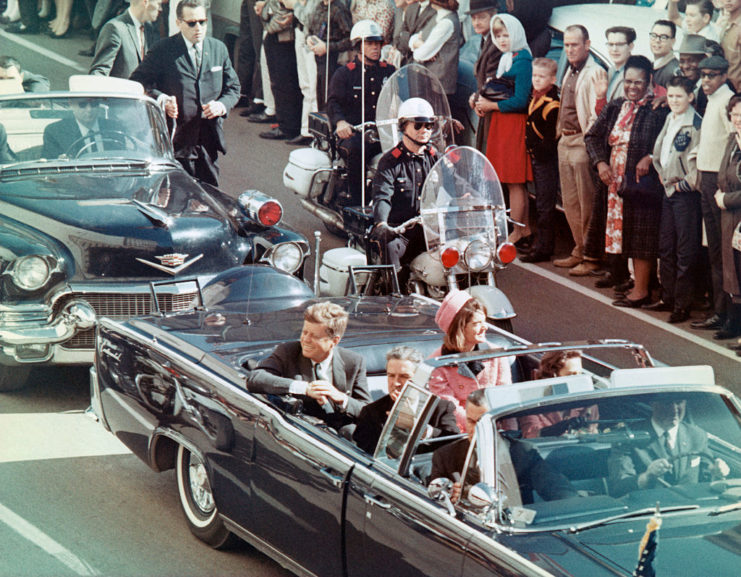
Kennedy sustained injuries to his head and neck, and Connally was struck in the back. Kennedy was promptly taken to Parkland Memorial Hospital, where he was declared deceased at 1:00 PM. Despite sustaining serious wounds, Connally eventually recuperated from his injuries.
Shortly before 2:40 PM, Vice President Lyndon B. Johnson, who had been traveling with the Kennedys in the motorcade and was positioned two cars behind during the incident, was inaugurated as the 36th president of the United States aboard Air Force One.
The need for two coffins
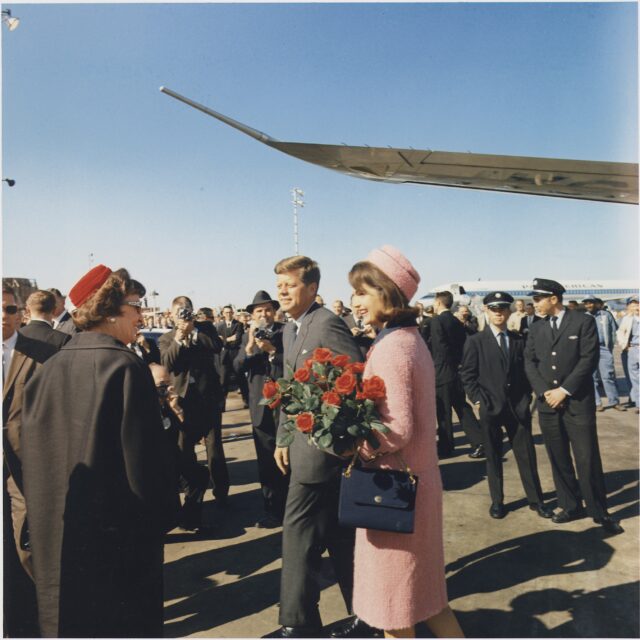
Right after Kennedy’s assassination, a member of his team reached out to O’Neal’s Funeral Home in Dallas, specifically asking for their best casket to be brought to the hospital. Vernon O’Neal, the funeral home owner, selected a bronze casket with a white satin interior, produced by the Elgin Casket Company. This casket was costly, priced at $3,995, which would be more than $36,000 today.
Once the casket was placed in a hearse, O’Neal drove to the hospital, where he was appalled by the state of Kennedy’s body. Blood continued to flow from the gunshot wounds, causing O’Neal and several nurses to swiftly wrap the body in linen sheets and line the casket with plastic to prevent the interior from getting stained.
The casket was not useable for the viewing
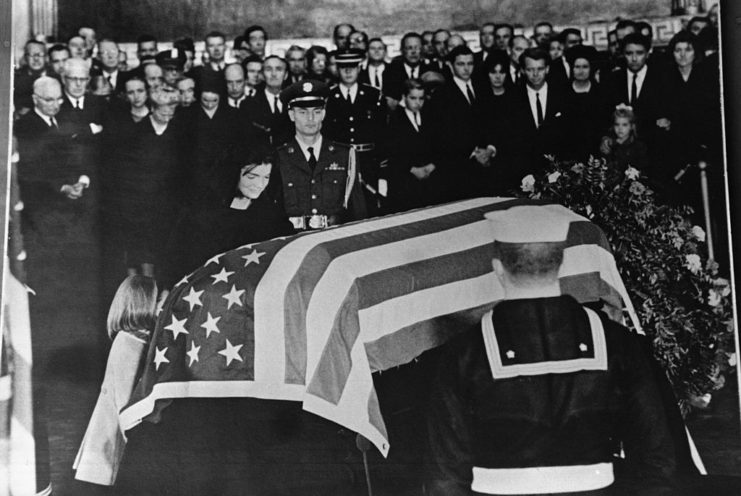
At Jacqueline Kennedy’s request, the autopsy took place at Bethesda Naval Hospital, near Washington, DC. Her husband’s body was transported in the passenger section of Air Force One back to the nation’s capital. Upon opening the coffin at the hospital, the doctors discovered that O’Neal’s protective measures had been inadequate.
Once the body was embalmed, the casket was deemed unsuitable for Kennedy’s viewing at the Capitol Building and was replaced. Unsure of what to do with the original, the funeral home that handled the embalming kept it for over a year.
Preventing it from falling into the hands of the “morbidly curious”
After Kennedy was buried, a dispute arose between the US government and Vernon O’Neal regarding the cost of the original coffin. The government considered the price to be exorbitant, while O’Neal sought its return to Dallas, having received offers of $100,000—almost $1 million in today’s money—from interested buyers.
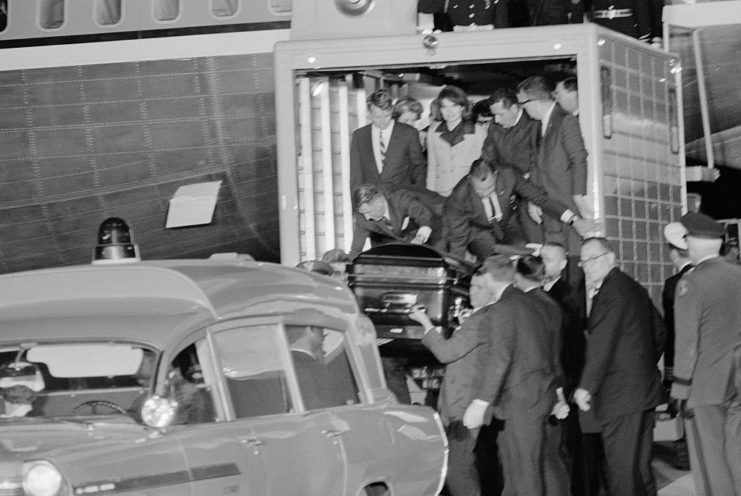
Not wanting the casket to fall into the possession of the “morbidly curious,” the government settled its debt with O’Neal and stored it in the National Archives, where it stayed for two years.
Burying the casket at sea
In 1999, records were released concerning the final fate of the casket after its time in the National Archives. Robert Kennedy, who served as the United States Attorney General at that time, had petitioned the government to ensure it was buried at sea, preventing it from falling into the wrong hands of people seeking to exploit his brother’s death. After receiving approval, the responsibility for its disposal was entrusted to the US military.
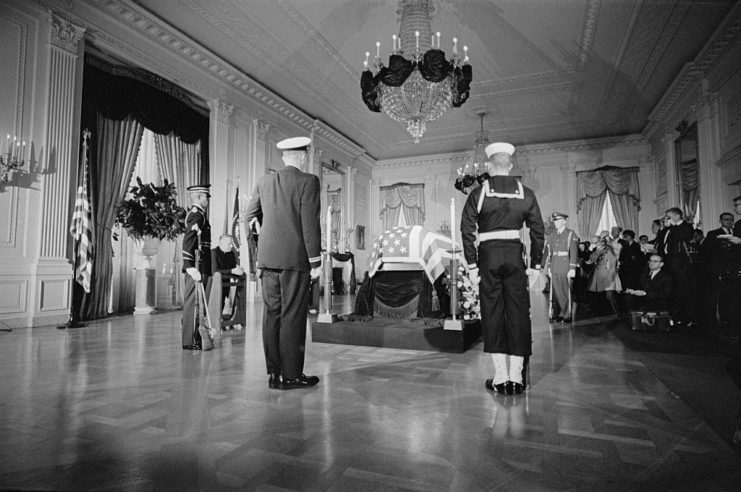
A submarine commander was assigned the task of coming up with a secure method to drop and sink the casket. It was then handed over to the US Air Force, where it underwent the process of having 42 holes drilled into it and being loaded with three 80-pound sandbags. Additionally, two parachutes were installed to prevent it from breaking apart upon impact with the water.
A transport plane took it out to the Atlantic Ocean
On a brisk February morning in 1966, a C-130 Hercules transport plane took off from its base and flew out into the Atlantic Ocean, approximately 100 miles east of Washington, DC. The area, used as the military’s dumping ground for unused and outdated ammunition and weapons, was chosen because it was out of the way of regular shipping and air travel and would “not be disturbed by trawling and other sea-bottom activities.”
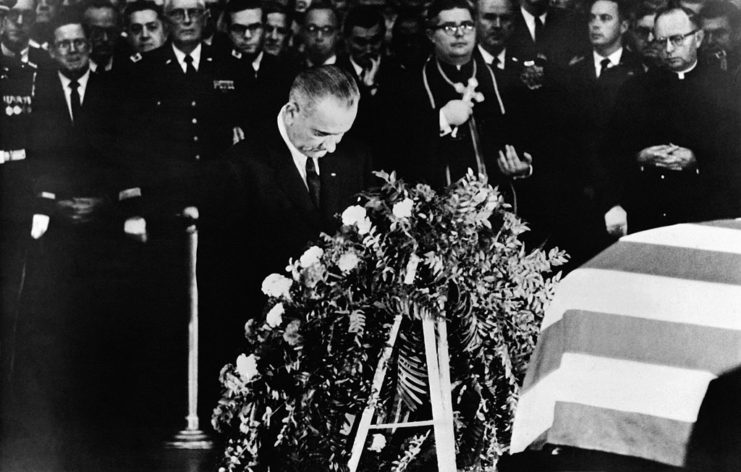
After descending to 500 feet, the tail hatch of the plane was opened and the casket was dropped into the water. According to a February 25, 1966 memo from the special assistant to the defense secretary, “the parachutes opened shortly before impact and the entire rigged load remained intact and sank sharply, clearly and immediately after a soft impact.” After circling the area for 10 minutes, the C-130 flew back to the mainland.
Want to become a trivia master? Sign up for our Today In History newsletter!
The casket’s fate was rather fitting, as Kennedy, a Navy veteran, had once considered a burial at sea.
